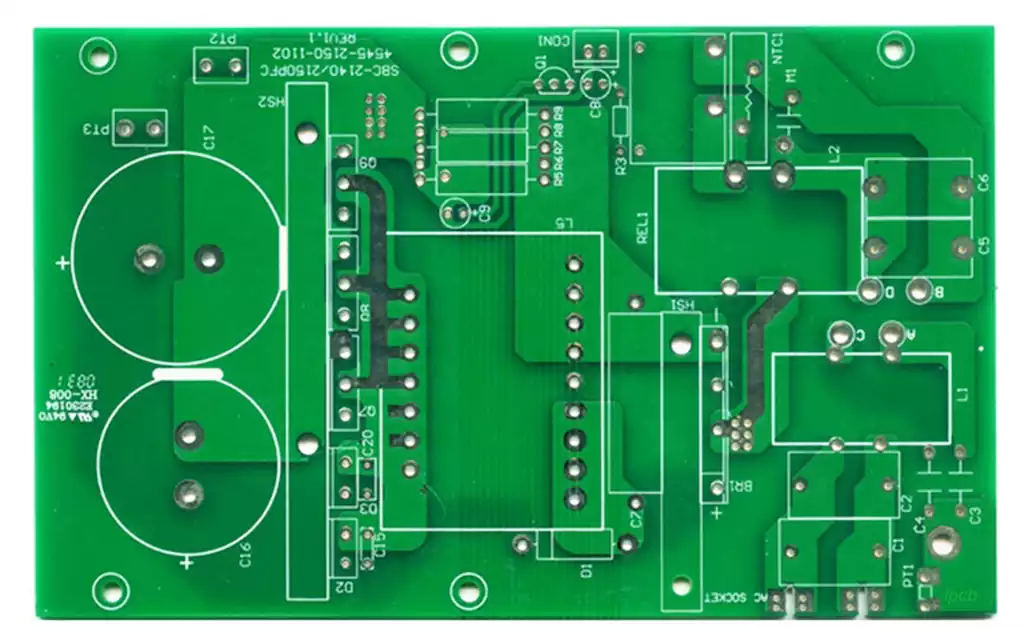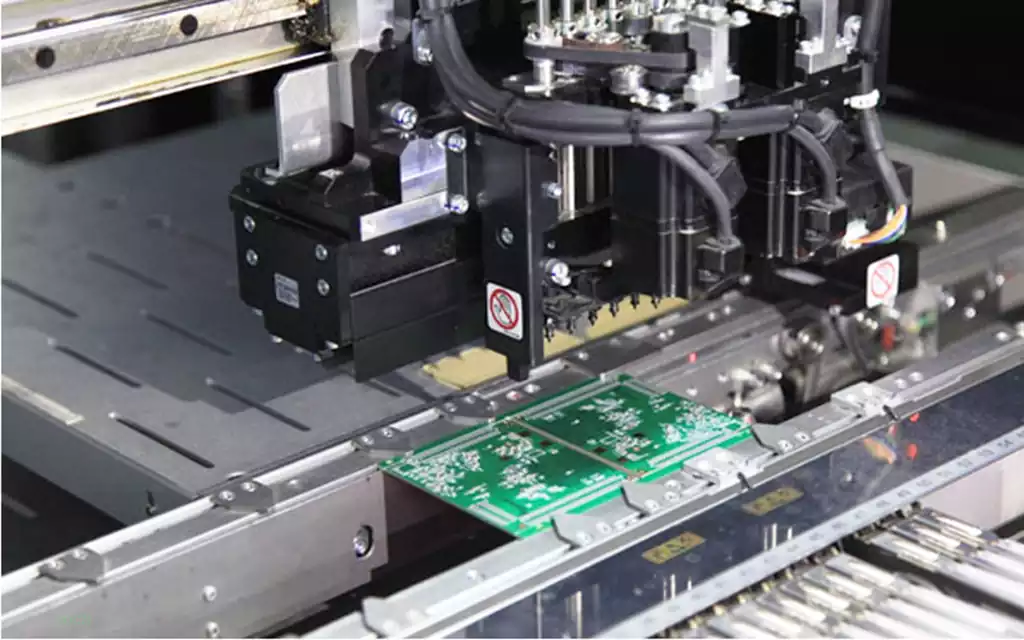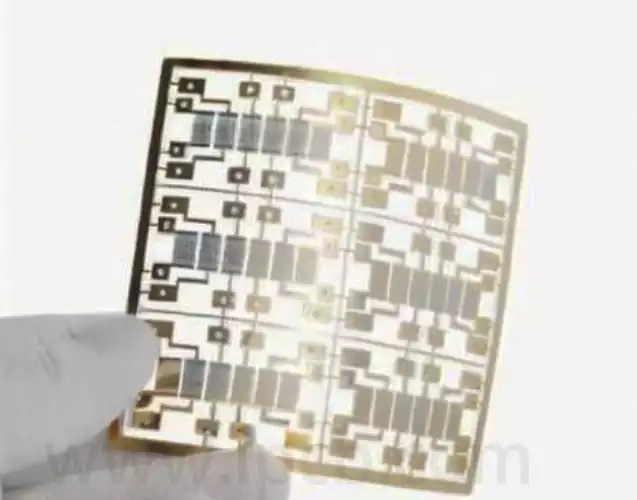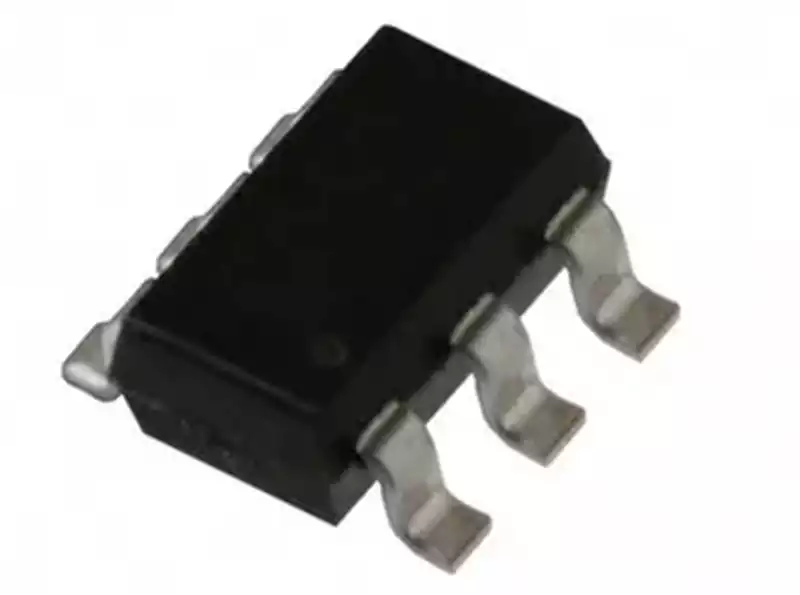In the face of complex electronic systems, how to troubleshoot electronic circuit boards has become a key skill that every electronic engineer and enthusiast must master. As the heart of the electronic equipment, any small failure of the electronic circuit board may have a significant impact on the entire system. Therefore, it is crucial to master a set of efficient and accurate troubleshooting strategies.
Common electronic circuit faults, mainly the following:
1.1 Failure of test equipment.
In this case, the electronic circuit itself is not a problem, and the reason why the electrical equipment shows that there is a problem is because the test equipment is faulty, or the operator does not operate in accordance with the correct situation and lead to failures,such as oscilloscopes in the use of the process, if the selected gear level is unreasonable, it may make the waveforms abnormal,showing that the equipment is faulty,but this is not the case.
1.2 Failure caused by components.
The electronic circuit itself is composed of more components and lines,if the pcb components themselves have problems,will also lead to failure.General electronic components mainly include single resistors, capacitors, transistors, etc.,once these components are burned out,the line in which they are located will not be able to input current or output current normally.
1.3 Failure caused by human factors.
The cause of electronic circuit failure may also be caused by the operator’s improper operation, such as power connection errors,or not all the components are installed. The installation is not reasonable are likely to make the electronic circuit failure.
1.4 Poor circuit contact.
In many cases, electronic circuit failures are intermittent power, or line suddenly good and bad, this failure is generally caused by poor circuit contact,such as plug connection is not reliable.
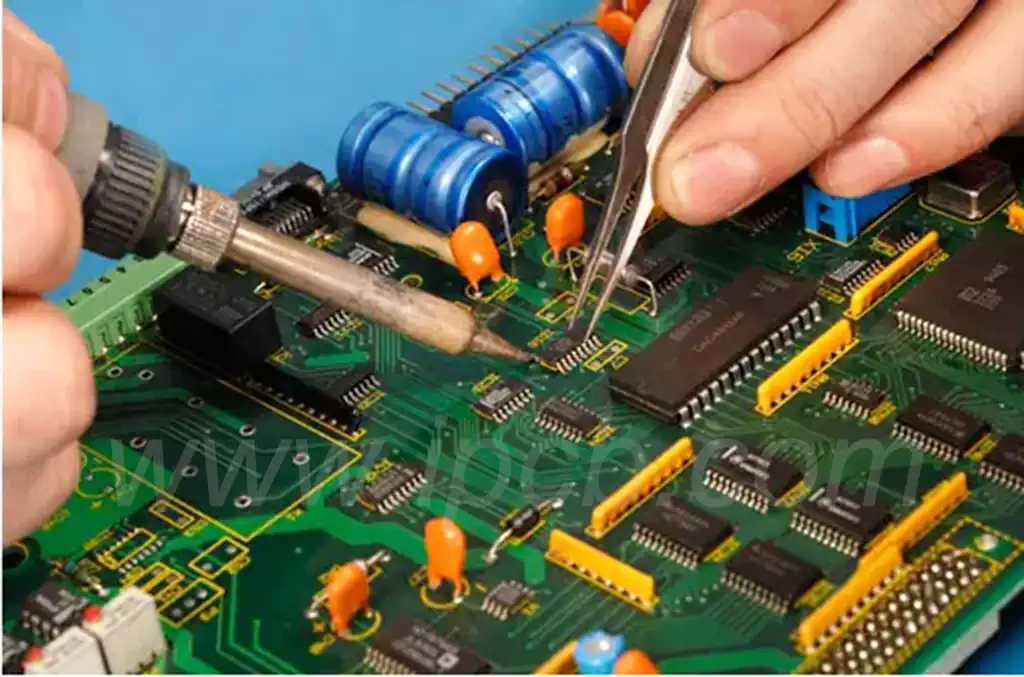
How to troubleshoot electronic circuit board
When the electronic circuit board is abnormal, the first thing you need to do is to check the connections of the circuit board to make sure that each connection is correct. Connections to be checked include sockets, power cords,wiring,etc.If you find an improper connection,you will need to re-insert the board. If improper connections are found, the connectors need to be re-plugged or replaced.
Using an Oscilloscope to Detect Signals
An oscilloscope is a tool designed to detect signals on circuit boards, and using an oscilloscope can quickly locate signal problems.When using an oscilloscope, you need to first select the appropriate probe based on the type of circuit board signal.The probe can then be connected between the signal source and the signal receiver to determine if the signal is normal by observing the waveform displayed by the oscilloscope.
Replacing Faulty Components
When a circuit board fails,it may be caused by a problem with one of the pcb components.At this time,you need to check each component on the board one by one to find the faulty component. When checking the components,you can use a tool such as a multimeter to test their resistance,capacitance and other parameters. If a component is found to be damaged, it needs to be replaced with a new one.
Detecting Circuit Board Legacy Problems
Legacy problems with the circuit board may become apparent gradually during daily use.For example,prolonged use leads to problems such as aging of the circuit board, aging of the port strips, and open circuits in the electrical connection wires.At this point,it is necessary to check the circuit board for legacy problems and treat the symptoms.
Refer to the circuit board manual and drawings
Each circuit board has a corresponding instruction manual and drawings, and these documents detail the circuit board’s components,connection methods, applicable scenarios, and other information. When troubleshooting circuit boards, you can refer to these documents to better understand the structure and working principle of the board.
Hopefully, these simple steps will help you solve your electronic circuit board problems easily and get your device back in working order again.
